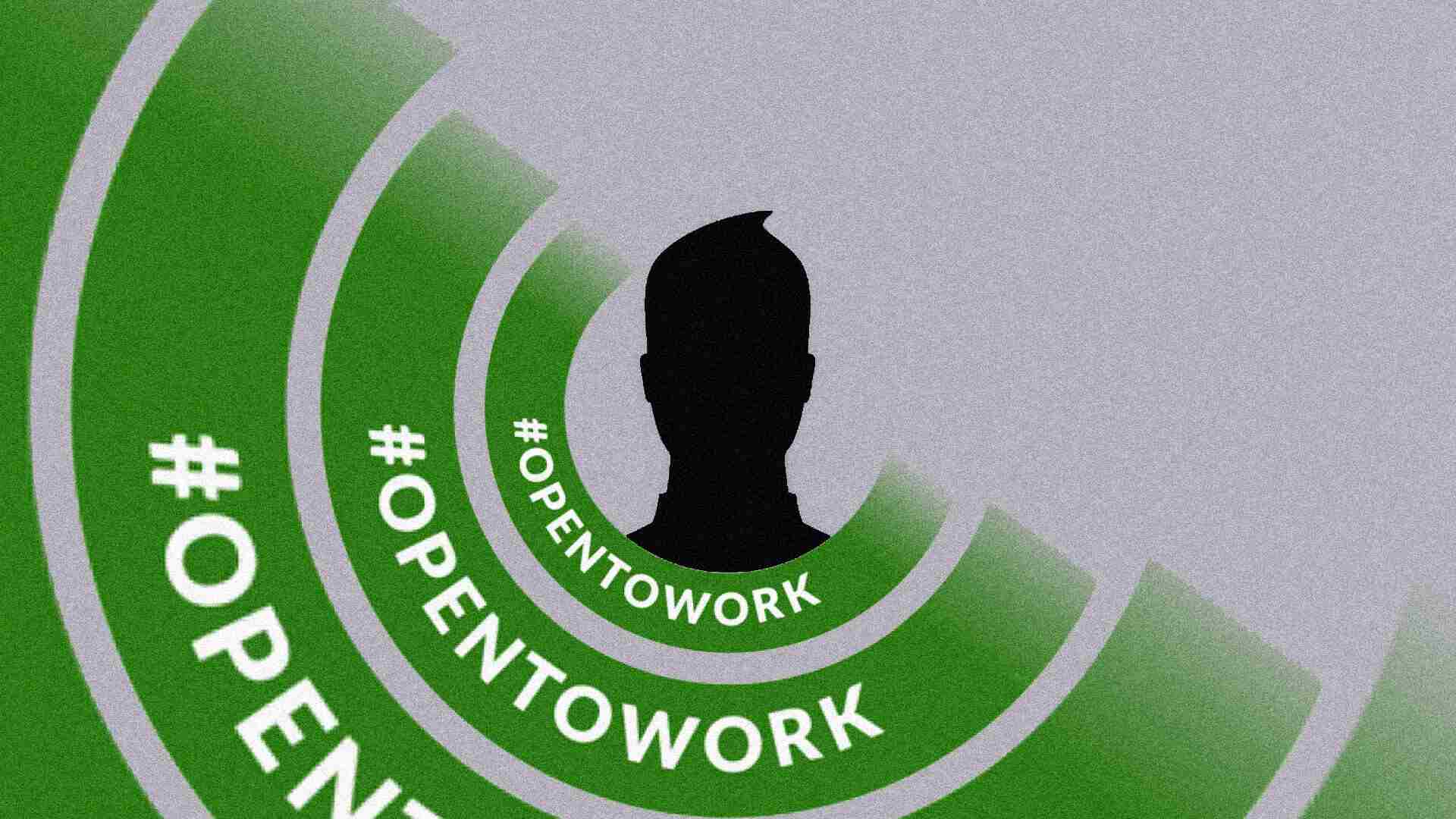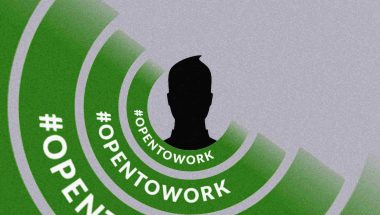- | 9:00 am
A manager’s guide to the Great Gloom
Jenn Lim says just when we thought all the ‘great’ workplace trends were behind us, say hello to the Great Gloom.

We’ve been on a workplace trends rollercoaster ride of highs and lows, and now the ominous specter of the Great Gloom looms, signaling a significant decline in employee engagement, falling at a rate 10 times faster than the previous three years.
Why are employees so glum? They’re no longer riding the “highs and lows” of their roles but instead shifted to “resignation and apathy.” The true problem with employee engagement isn’t a lack of motivation but a disconnect between the employee and the organization’s purpose.
For years, I’ve talked about embracing the highs and lows of life to understand our individual values and purpose and uncover how those align with our daily work. This transcends happiness and becomes a pursuit of feeling whole, fulfilled, and the freedom to live in the world we want to live in.
Unfortunately, when employees struggle to find where their work fits into their desired world, the result is disengaged teams, costing the global economy $8.8 trillion annually.
With such high stakes, it’s important to spot the signs of disengaged employees and understand the tools to reengage workers.
3 R’S OF EMPLOYEE DISENGAGEMENT
Reduction in productivity and quality: When deadlines are missed, simple mistakes aren’t caught, and numbers start lagging, it’s easy to blame laziness, a loss of motivation, or shotty work. But if we dig deeper, we’ll find that the connection between hard work and high rewards is broken. While this isn’t a new phenomenon, the pandemic exacerbated it. We saw frontliners asked to forgo their physical and mental health in an attempt to continue business as usual. The proof: The output per hour has decreased by 2.7% in the first quarter of 2023, the sharpest decline in 75 years.
But the wettest blanket of this is that workers aren’t feeling a sense of purpose in their work, unable to see the alignment between their values or connections to what matters most. Instead of doing the work to understand what a fulfilling life looks like, we opt to sit in stagnant water instead of being curious of what a new flow can bring.
Refusing growth opportunities: The saddest thing I’ve ever heard recently was someone saying they’re done growing. It was a devastating statement, and—not to be morbid—all I could think was when things stop growing, they die.
So, when employees refuse growth opportunities, their role within the organization is dying, too. It’s often a sign that they no longer see a place to grow within the company. Think all your employees are jumping on growth opportunities? An ADP RI study found that 77% of employees say training is available. Still, just 40% took advantage of it.
Remaining silent: The silent killer at work is when employees stop expressing their thoughts, feelings, and opinions. It’s the calm before the storm. When we don’t create environments embedded with psychological safety, people fear judgment or retaliation, lack trust, or can’t make the moves for real change. They feel that their voice doesn’t matter because it’s been ignored in a culture that doesn’t encourage open, honest communication.
Even worse, silence becomes contagious as employees see coworkers’ similar concerns ignored, shut down, or given empty promises. When the “open door” only applies to positive feedback and gracious compliments, employees won’t be comfortable speaking up about organizational problems or personal issues hindering their performance. And if the unspoken company motto is to plaster on a smile and suck it up, it’s just a matter of time before toxic positivity weighs everyone down.
3 C’S TO REENGAGE EMPLOYEES
Communicate with psychological safety in place: Google’s Project Aristotle found the most effective teams were those that felt psychologically safe to take risks and make mistakes without fear. People felt they could authentically share the good and bad in these teams. This means having authentic conversations intended to communicate and share.
Ask what’s happening in your employees’ lives beyond their workload. Provide safe spaces for real-talk about where your employees are mentally, emotionally, physically, financially, and purposefully. Begin meetings with a check-in to see how things are going in their lives or to share milestones. Providing the space to express, without fear of judgment or repercussions, how they really feel and what they need allows them to show up as their best selves to do their best work.
(re)Connect: A great way to reengage employees is to look for ways to connect their purpose and values to the organization. A simple (and cost-effective) way to do this is to lead exercises to identify individuals’ purpose first before laddering them up to the company. When individuals do it for themselves, and teams subsequently share, you’d be amazed at how much overlap (and alignment) there is in what connects us, not just as coworkers but as human beings. (Find a tool to do that here.)
Help your team feel more connected to purposeful work by highlighting their individual contributions that ladder up to the organization’s greater mission. Set contribution-based goals that are not always tied to profit or deadlines but tied to the purpose of the team as well. Check in with them to see how their individual purpose might be better tied into their bigger role and tasks.
Culture: Ensure the company culture is true to its values and “walking the talk.” Every organization has values, whether they’re stated or not. They’re seen in every aspect of the workplace, from hiring to promotions and layoffs. Values are our North Star, a shining light to show the path and the plan. We’ve seen what can happen when values are misaligned: Enron, WeWork, and Theranos are just a few examples.
But when values are aligned with tangible, codified behaviors that are consistently rewarded, autonomy, alignment, accountability, and authentic relationships happen.
The encroaching Great Gloom shadow doesn’t have to linger over our workplaces. By taking notice of the signs of employee disengagement and intentionally nurturing an environment with communication, connection, and culture, we can worry less about the gloom, knowing the ways we can pull the shades for some light.






































